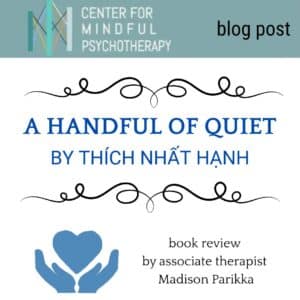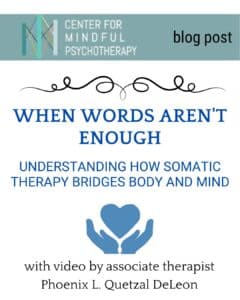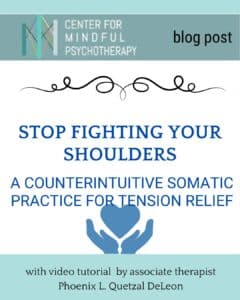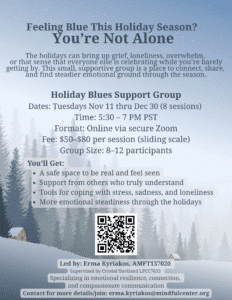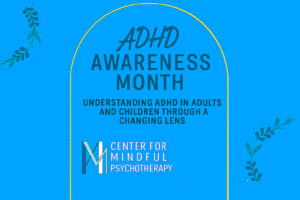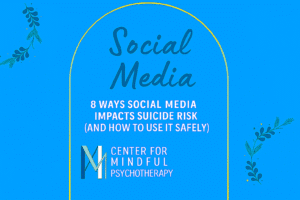
Conversations with Clinicians: Rachel Lefkowitz Parnes
In our Conversations with Clinicians series, we interview therapists in more depth. They share more about the work that they do, the clients that they work with, their inspirations, passions, personal interests and more. Today, we're talking with Rachel Lefkowitz Parnes. Rachel's journey to becoming a therapist is one of profound personal transformation. She first became aware of her own...


